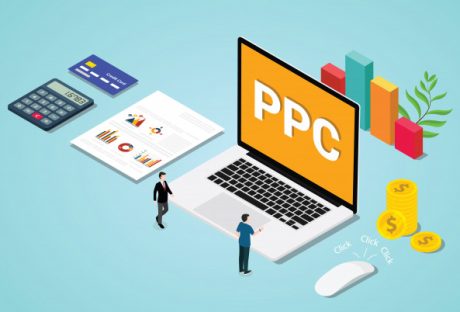Imagine this for a minute. Your boss has asked you to plan a product launch for an up and coming product that you’ve been working hard on. While this is your chance to prove your capabilities and stand out in your team, it can also be a source of unwarranted stress. Your Business function plays a vital role in upgrading your business to the next level.
So, how do you plan a successful business function if your event planning experience is only limited to those frat parties you used to throw back in college? Who are the people you need to work with and what are the things you need to prepare to organize a corporate event?
In this short guide, you’ll learn just how easy it is to put together a successful event – with the right mindset and strategy.
Essential Components Of Business Function Are As Follows
There are several essential components of business function that you need to take care off while improving your business to the next level.
Pre-event planning:
The basics:
Before you book those suppliers, the first thing you need to do is understand the who, what, why of the event you’re planning. Without the basics, it will be hard for you to put the different components together.
- Who are you planning an event this for?
- What is your company trying to achieve with this event?
- Why is this event important for your organization?
Understanding that the company’s vision and mission come before your own personal goals will enable you to deliver the message that the company wants to communicate. Organize a meeting with the event stakeholders to discuss the questions above and hopefully, it will help you make the event more meaningful.
Date:
Part of planning any event is deciding on a date to have it on. Make sure that your event doesn’t fall on the same date as any major industry conferences. You should also steer clear of holidays and civic celebrations.
Budget:
Your budget will dictate how well you will be able to execute your plans so don’t just pull a random number out of thin air. Consider both your expected costs and actual costs when asking for a budget so that you don’t end up broke.
Location:
While you might prefer to hold your event at the hottest spot in town, you need to make sure that your location reflects your company’s main purpose for the event. Your location shouldn’t just be a great fit for your event, it should also accessible enough even with public transportation.
Catering:
Let’s face it, planning food and drink for any business function can be nerve-wracking when you’re trying to impress the head honcho. For big events, it’s always best to hire a catering specialist who can meet your specifications and expectations.
Staff:
You can’t run a successful event as a one-man show. You need the help and support of a great team to get your event off the ground. Since you’ll be handling pretty much everything from event promotion to on-the-day coverage, look for people who are not only creative but also willing to work overtime for the pre-event preparations.
Marketing:
Promoting the event should begin as soon as you have the materials from the marketing team. This way, you’ll have enough time to get send your invites out and secure any VIPs you want to invite. As a rule of thumb, you should send out your invites at least 4 weeks before the event date and send out reminders weekly.
Program flow:
Having an event without a program flow is a recipe for disaster so try to come up with an event checklist before the date. Create a “run of show” document that lays out the whole event as you plan it to happen. Make sure to include contact information of the persons involved for each part.
On-the-day event execution:
One of the most challenging parts about managing an event, especially a big one with plenty of guests, is keeping track of the onsite registration. While there’s nothing stopping you from doing this manually, you can make the process easier and faster by using the right tools.
Here are some innovative ideas to make the check-in process flow seamlessly.
- Self-registration using tablets
- Face recognition
- RFID
- On-site badge printing
At any event, you want to make the right first impression, especially with the VIPs. Make sure that you have a team dedicated to welcoming guests as they enter the door. You also want to have enough space between your venue’s entrance and the registration table so that you can minimize jams at the entrance.
Expecting a lot of VIPs at the event? Don’t be afraid to ask the corporate heads for help to usher them into a designated area where they can have the best view.
Post-event follow-up:
A successful event doesn’t end once the doors close. You need to have a system for the follow-up to keep up with the guests who made it to your event. Depending on your event, you can utilize social media, email marketing or even snail mail to let guests know that you appreciate the time and effort they put into coming to your event.
While you’re at it, you might as well ask your guests for input or feedback. The information you gather will be extremely helpful for your next corporate event planning.
Here are some ideas to make follow-up a breeze:
- Using the emails from the registration process, you can schedule an email drip campaign for the people who attended your event. It’s a great way to make special offers on your new product or send them useful tips on how to use the product you just launched. Try not to go overboard with the offers though.
- Even before the event date, you can already put together a content packet that you can give away to guests right after the event. A good way to digitize printed content is to use a QR code that will quickly give guests access to a landing page you want them to visit.
- You can also build a social media following around your event with a dedicated hashtag. Encourage guests to like and follow your social media accounts and use the dedicated hashtag in their posts. Make it even more exciting by offering a special prize to the best post about the event.
Read Also:

























